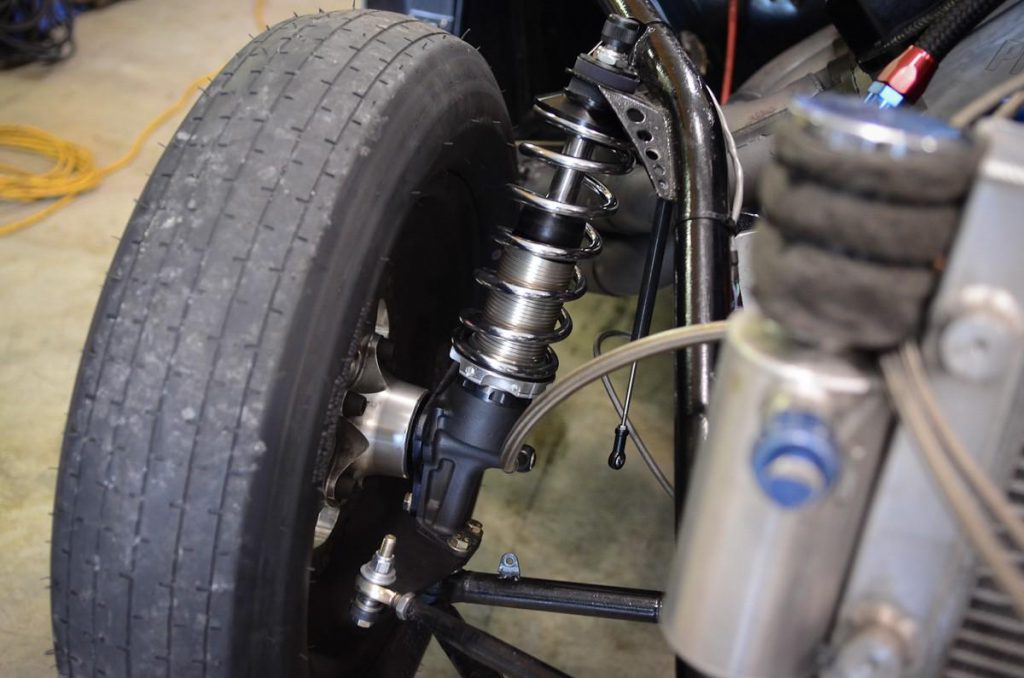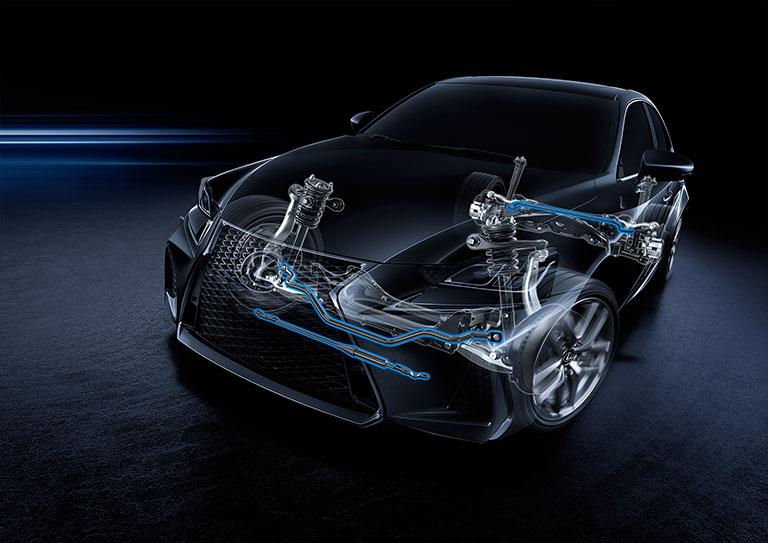Many drivers have little knowledge about how critical the shock absorbers and struts are for the safety of the vehicle. Like all components in the motor mechanism, the shocks and struts can wear out over time. You should know how long do shock absorbers last and when to replace shocks and struts to detect the failing ones and protect your car’s safety.
Contents
What Are Shocks And Struts?
Many people interchange the terms but shock absorbers and struts are two different parts in a car’s mechanism. They are a part of the suspension system that buffers the shocks and vibrations when the car is on the road.
The suspension can be of several types but the most common one consists of a combination of shocks and struts. On modern vehicles, the shocks stay on the rear wheels while the struts are to be found on the front. They muffle the vehicle’s lateral movements caused by rough roads.

Both shock and strut assemblies work incessantly irrespective of whether the car is moving or not. For this reason, they deteriorate at a quicker rate. But, how long do shock absorbers last and what is the life expectancy of struts?
How Long Do Shock Absorbers Last?
Shock absorbers life expectancy, as well as the struts, is at least 4 to 5 years. Nevertheless, it depends on the road conditions. The lifespan can extend to even 10 years if you drive the car mostly on smooth pavement. Similarly, it can be shorter than 5 years if you mostly drive on uneven roads filled with cracks and potholes.
Some experts use mileage to keep track of the health of shocks and struts. The rule of thumb is shocks last at least 50,000 miles before requiring a replacement. But it is again difficult to project a definite number when comes to how long do struts last or the lifespan of shocks. They may not have such a long life if the roads the car was on were not smooth and flat.
So, how long do shock absorbers last? The regular numbers are either 5 years or 50,000 miles. But, it can be more or less depending on the conditions of the roads. The same rule is applicable to the strut assemblies.
The Symptoms Of Bad Shocks And Struts
Once the shocks and struts start wearing out, they hit the rock bottom pretty fast. The seals around their joints begin to wear off and the liquid or gas inside them leaks.

Read more :
Beware of these signs as they warn you about failing shocks and struts:
- Moisture on the top of these components or dripping down the side in case of a liquid-based unit.
- Taking turns makes you feel that the car’s rear part is somewhat ‘loose’. Also, the rear end feels bouncier than normal occasions.
- Knocking sound coming from the rear suspension.
- Driving on rough, uneven roads becomes painful due to the excessive jarring and bangs.
- The car does not sit flush on the ground.
- Excessive bouncing: If you notice that your vehicle bounces excessively after hitting bumps or dips in the road, it could be a sign of worn-out shocks or struts. The bouncing may feel more pronounced, and it could take longer for the vehicle to regain stability.
- Poor handling and stability: Worn-out shocks and struts can lead to decreased vehicle stability, causing the car to sway or lean excessively during turns or maneuvers. You may feel a loss of control or a floating sensation while driving.
- Fluid leaks: If you observe oil or fluid leaks on the exterior of the shock absorbers or struts, it indicates damage or failure. The presence of fluid is a clear sign that the internal seals have deteriorated, and the component needs to be replaced.
Watch more:
Regular maintenance and inspections by a qualified mechanic are essential to ensure your shock absorbers are in good working order. They can assess the condition of the shocks and determine if replacement is needed based on factors such as wear, leakage, or diminished performance. Remember, worn-out shock absorbers can negatively impact your vehicle’s handling, braking, and overall safety, so it’s important to address any issues promptly.




Great info you have there. Is it OK to change two rear shocks and struts and leave the front ones for the next service??
ok, usualy , the front broken easily than the rear. change a pair is ok, don’t change only 1 pc.
Most car owners only replace the independent shock absorbers, other parts keep as usual. In the long-term driving, it will cause irreversible damage to other parts that work in coordination with the shock absorber, such as spring elastic attenuation, top rubber aging, dust cover corrosion, cushion shrinkage, etc., and lose its original performance.It directly affects the function of new shock absorbers and cannot achieve good shock absorption effect, which reduces driving experience and service life of new shock absorbers. Replace the LEACREE shock absorber assembly, can effectively solve the shock absorber oil leakage, abnormal noise, improve your driving experience!